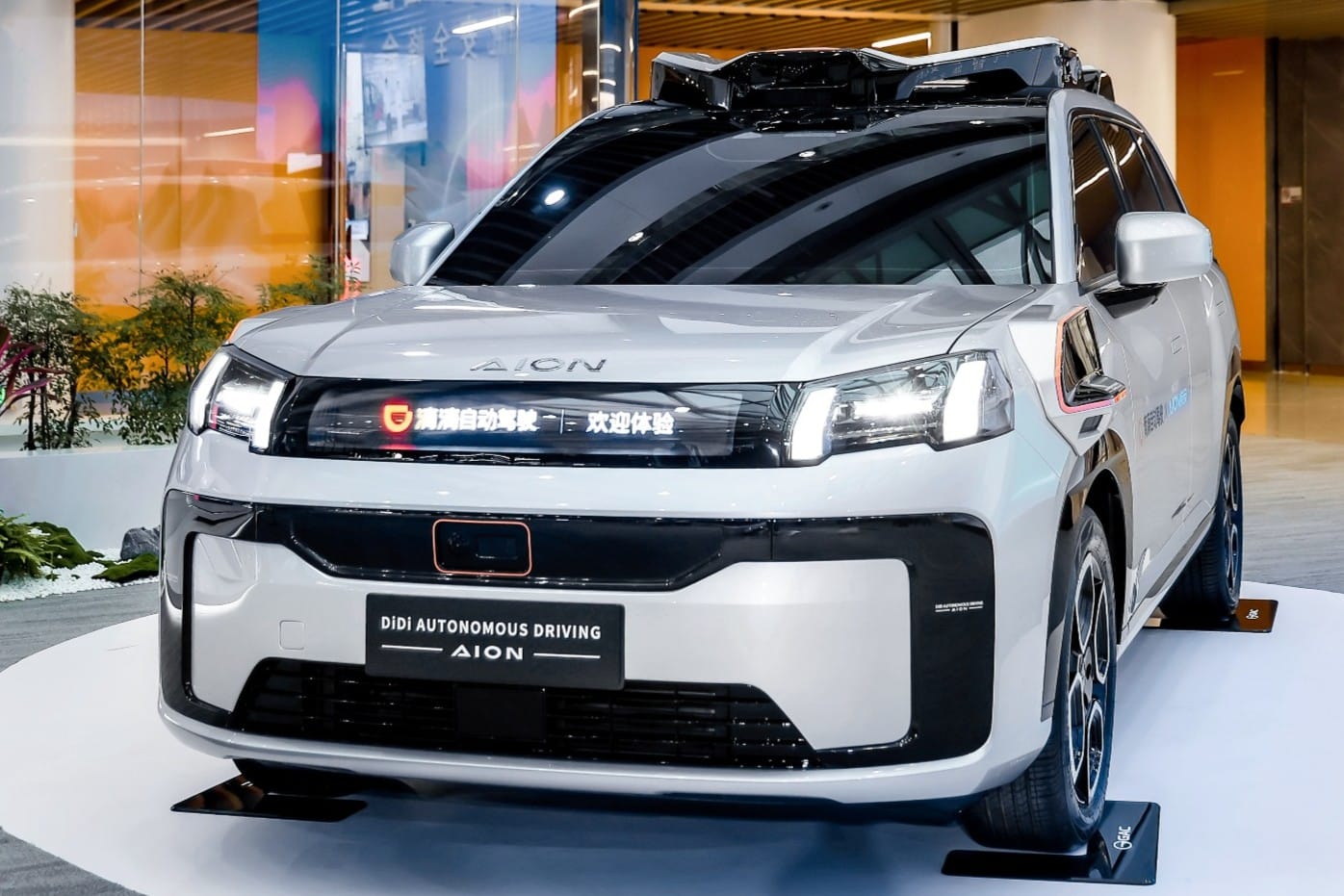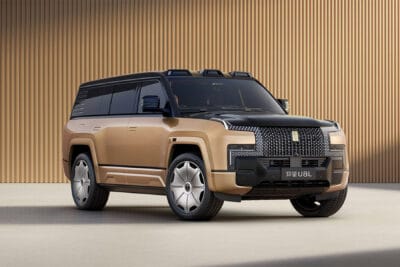GAC Aion unveils Level 4 autonomous vehicle
The vehicle in question is based on the same platform as the GAC Aion V, a popular electric SUV in China which is set for European sales in the near future. Specifically, the body is based on the Aion V’s ‘T-Rex’ trim, and utilises the latest DiDi autonomous driving stack. This includes an array of 10 LiDAR units; four of these have long-range detection capabilities of objects up to 200 meters away, while six blind-spot LiDARs give the vehicle 360-degree detection coverage up to 10cm in proximity. It also combines infrared, cameras, ‘4D millimeter-wave radar’, and acoustic sensors to cope with unpredictable weather and road conditions. All of this sits on top of DiDi’s Orca computing platform which packs in 2000 TOPS of GPU compute and a 48-core CPU.
DiDi states that the vehicle comes with a multi-layer safety redundancy architecture incorporating algorithm-level redundancy, software redundancy, and hardware fallback mechanisms. In practice, this means that if the algorithmic collision risk detector fails, the software layer contains a number of ‘Minimal Risk Condition’ strategies to tackle any faults through an L1 fallback system. Then, hardware redundancy is managed through an L2 fallback system which can enable the car to safely pull over or stop in-lane if a system failure occurs. As it has Level 4 autonomous features, it will still require a human driver to oversee the vehicle; but can carry out the majority of driving functions autonomously.
The L4 EV also uses GAC Aion’s ‘Magazine’ battery technology, which utilises a double-sided battery pack cooling mechanism as well as a passive safety protection system which divides the battery pack into multiple thermal control compartments. This enables the battery pack to isolate problems to individual compartments and block heat conduction in order to prevent overheating of the whole pack.
The vehicle is primarily designed to be a robotaxi capable of operating autonomously along pre-defined scenarios and routes. Crucially, the companies state it is ready for mass production this year, with delivery by the end of 2025 and demonstrations planned for areas of Guangzhou and Beijing in 2026. Following this, the two companies plan to launch an L4 EV targeted at individual consumers.





0 Comments